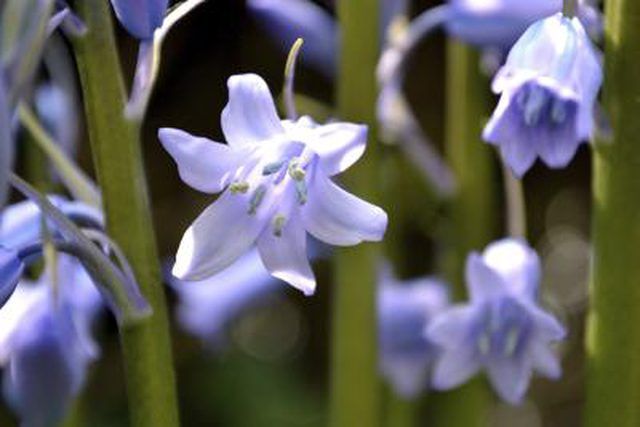Bulbs
Flower Basics
Flower Beds & Specialty Gardens
Flower Garden
Garden Furniture
Garden Gnomes
Garden Seeds
Garden Sheds
Garden Statues
Garden Tools & Supplies
Gardening Basics
Green & Organic
Groundcovers & Vines
Growing Annuals
Growing Basil
Growing Beans
Growing Berries
Growing Blueberries
Growing Cactus
Growing Corn
Growing Cotton
Growing Edibles
Growing Flowers
Growing Garlic
Growing Grapes
Growing Grass
Growing Herbs
Growing Jasmine
Growing Mint
Growing Mushrooms
Orchids
Growing Peanuts
Growing Perennials
Growing Plants
Growing Rosemary
Growing Roses
Growing Strawberries
Growing Sunflowers
Growing Thyme
Growing Tomatoes
Growing Tulips
Growing Vegetables
Herb Basics
Herb Garden
Indoor Growing
Landscaping Basics
Landscaping Patios
Landscaping Plants
Landscaping Shrubs
Landscaping Trees
Landscaping Walks & Pathways
Lawn Basics
Lawn Maintenance
Lawn Mowers
Lawn Ornaments
Lawn Planting
Lawn Tools
Outdoor Growing
Overall Landscape Planning
Pests, Weeds & Problems
Plant Basics
Rock Garden
Rose Garden
Shrubs
Soil
Specialty Gardens
Trees
Vegetable Garden
Yard Maintenance
Facts on the Blue Bell Flower
Facts on the Blue Bell Flower. Bluebells (Campanula rotundifolia) grow naturally in wooded areas. In the United States they have become a favorite among wildflower lovers. The bluebell is easy to care for and spreads rapidly under the right conditions. This flower is a favorite of hummingbirds because of the shape of its blooms. The flowers are...

Bluebells (Campanula rotundifolia) grow naturally in wooded areas. In the United States they have become a favorite among wildflower lovers. The bluebell is easy to care for and spreads rapidly under the right conditions. This flower is a favorite of hummingbirds because of the shape of its blooms. The flowers are long and narrow, creating the perfect cup for a hummingbird to take nectar from.
Bell-Shaped Flowers
Native to England and Scotland, bluebell is a perennial plant named for the shape of the flower which looks like a tiny bell. These flowers grow in clusters and are usually, but not always, blue as the name implies. Bluebells can be a creamy, off-white color. The cream-colored bluebell is rarely found in nature. This plant has long stems and narrow leaves. It grows to be 12 to 18 inches tall.
Flexiblity for Garden Uses
Because bluebells are native to a range of habitats, including meadows, rocky hillsides, sandy soils and rocky crevices, they work well in many types of gardens. Tuck them into the small openings of a rock wall or among other small plants in a rock garden. Or plant them in a lightly shaded woodland area of your yard where they will multiply and naturalize to form a mass of bright blue in the late spring and throughout the summer. Moreover, bluebells attract hummingbirds wherever you plant them.
Growing Bluebells
Bluebells are common in wooded areas of Scotland, England and the United States, where they grow in USDA zones 3 to 8. They are grown from bulbs, which can endure frosts and hot temperatures. Plant the bulbs 2 inches underground in the fall, before the first frost. Plant bluebells at least 12 inches apart. The bluebell prefers partial sun with some shade in the afternoon. They do well when planted with ferns and other woodland plants. These plants do best when kept moist, so water them daily. Bluebells are useful for keeping the pest nematodes under control.
Propagation for More Plants
Bluebells are rapidly spreading perennials. As perennials, they will return each spring. As they return, they spread in clumps and choke out nearby vegetation if they are not divided every two or three years. Divide plants that are outgrowing their space in the garden. Divide the plants in fall. Place plant divisions in the ground before the threat of frost. Place 2 inches of manure over bulbs in the fall to ensure healthy plants the following spring.
Unable to Delete
Unable to delete